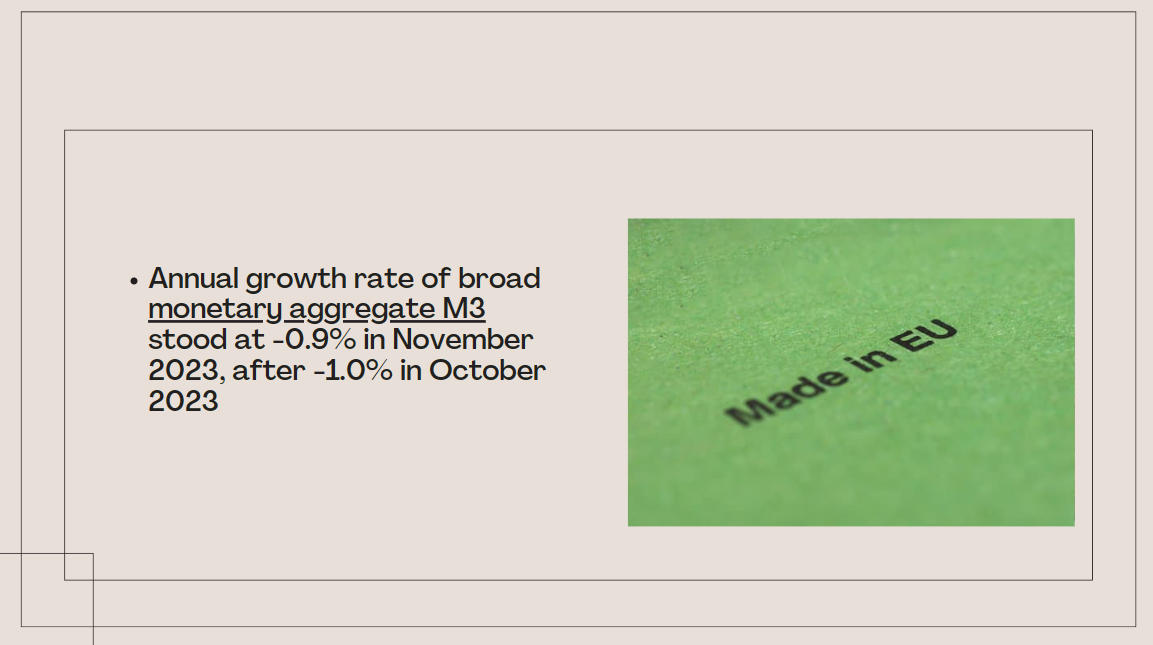ESMA explores risk exposures to real estate in EU securities markets and investment funds
The European Securities and Markets Authority (ESMA), the EU's financial markets regulator and supervisor, is publishing its first analysis of the exposures the EU securities and markets and asset management sector have to real estate.
The analysis suggests that:
·Debt levels in the real estate sector are elevated with wider risk implications from non-bank financial market players.
·Interlinkages with the banking system are important and arise through entity exposures and activities. Through these, sector shocks may get transmitted across the EU financial system.
Going forward, interest rate risk can be expected to continue to shape real estate market exposures. Credit risk indicators for real estate companies have started to show signs of deterioration and liquidity mismatches remain a key vulnerability for real estate investment funds.
In the study, ESMA provides details of the evolution of this sector over the past five years. In particular:
·There has been a broad-based valuation decline of the main equity and bond real estate indices. Valuation declines were also observed for listed real estate firms and real estate investment trusts along with increased trading activity and securities lending activity for these market participants. Real estate-related securities are also found to be used as collateral.
·Leverage of real estate firms increased significantly over the past five years.
·Next to credit institutions, investment funds are important investors in the real estate sector. They also belong to the main counterparties of some real estate firms in derivatives and securities financing transactions.
Next steps
ESMA monitors financial markets on an on-going basis, in the interest of financial stability. Understanding the channels through which real estate markets affect financial markets and the wider economy is a key concern for policymakers and regulators.























































First, please LoginComment After ~